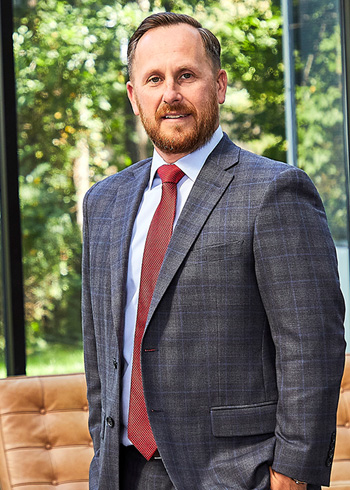It seems that automakers announce new car technology every week. Some of the new car tech is purely for convenience and luxury, such as heated seats, automatic doors, and remote start. However, some of the technology is designed to reduce the risk of and prevent traffic accidents. An experienced New Jersey car accident attorney will admit, while a driver should always be attentive while driving, it can be good to have technology that prevents car accidents if a driver makes a mistake or becomes distracted while driving.
Seven Examples of New Car Tech That Can Prevent Car Accidents
1. AEB (Automatic Emergency Braking)
AEB is a standard feature on many vehicle models. The system alerts the driver when it senses a crash may be imminent. If a driver does not respond, the AEB can act independently to slow and stop the vehicle to avoid a collision.
2. Lane Departure Warning Systems
Distracted driving, fatigued driving, and failing to check blind spots are common reasons why a driver may drift into another traffic lane. Lane departure warning systems alert the driver if the vehicle begins to drive across another lane. The system may use vibrations, visual notifications, and audible notifications to alert the driver to the danger.
3. Back-Up Cameras
Back-up cameras can prevent a tragic accident, especially when a child who is too short to be seen by the driver is behind the vehicle. Because back up cameras are not “new” tech, many newer vehicles include cameras as standard features. Most camera systems have an audio warning that alerts the driver if the vehicle is too close to an object or an object is directly behind the vehicle.
4. ACC (Autonomous Cruise Control)
Cruise control has been around for decades and is standard on most vehicle models. However, ACC is an updated version of cruise control. ACC automatically adjusts the vehicle’s speed to maintain a safe distance from vehicles in the lane ahead.
5. FCW (Forward Collision Warning)
FCW is another new car tech system designed to prevent car accidents by warning drivers of an imminent crash. GPS sensors, lasers, cameras, and radar are used to detect objects that the vehicle is approaching. If the driver does not respond to the warning, the FCW will take action to avoid a collision.
6. Blind Spot Warning Systems
Regardless of the type of vehicle you drive, there will always be at least one blind spot. A common cause of car accidents is failing to check blind spots before making a maneuver. Visual and audio warnings help drivers avoid accidents because of blind spots.
7. ESC (Electronic Stability Control)
ESC helps prevent car accidents caused by vehicles sliding out of control during extreme steering maneuvers. The ESC system keeps the vehicle headed in the driver’s intended direction instead of spinning out or plowing out.
Contact a New Jersey Trial and Personal Injury Attorney to Discuss Your Traffic Accidents
Even though a vehicle may have all the latest new car tech, driver error and negligence can still result in a serious traffic accident. If you are injured in a car accident, a New Jersey personal injury attorney can investigate to determine the cause of the crash and gather evidence to prove fault. Before you talk to an insurance claims adjuster, talk to an attorney who places your best interest first. Schedule a consultation with our New Jersey car accident lawyers today.

